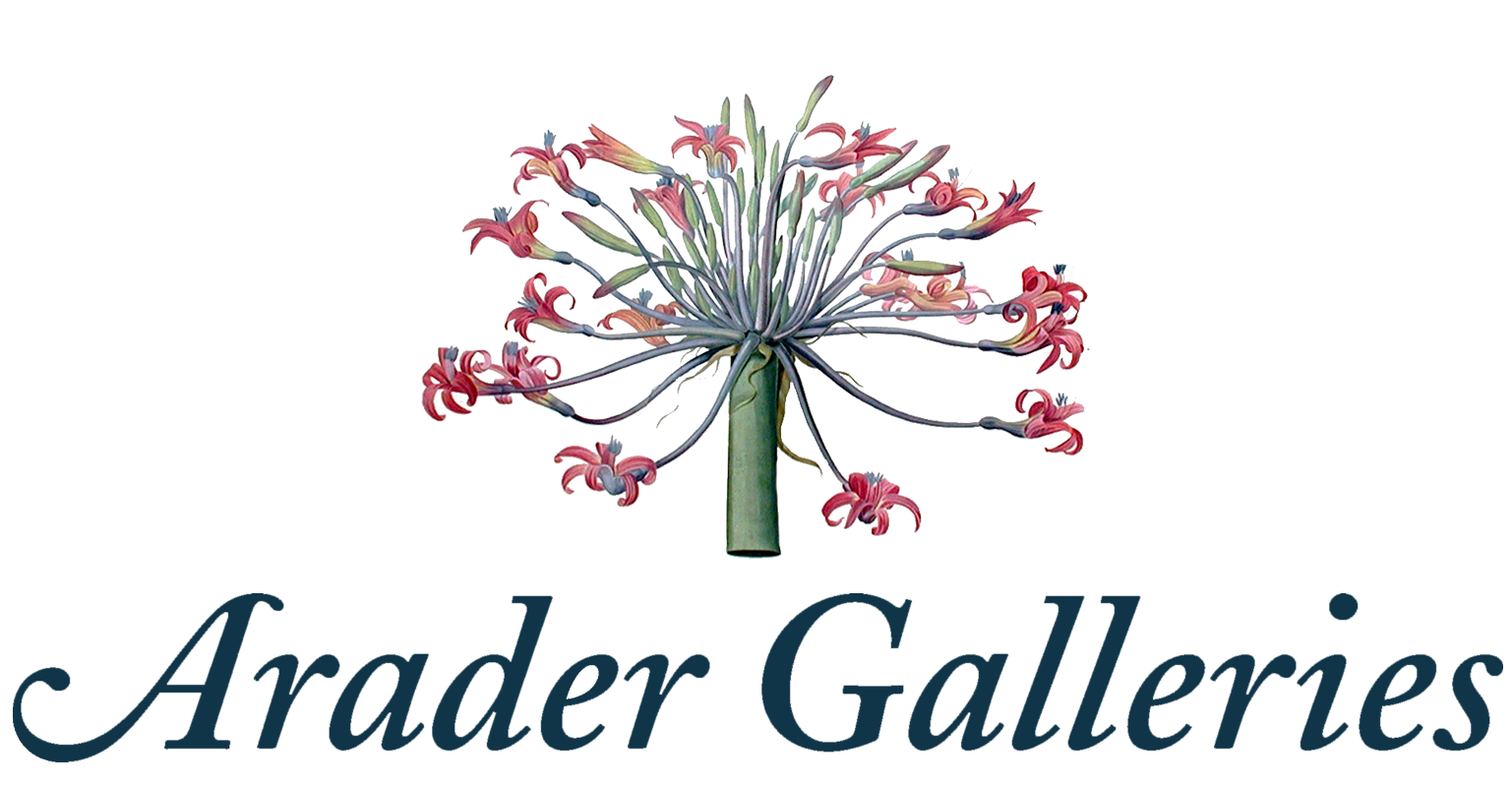Lear, Edward
Edward Lear (1818-1888) is fondly remembered for his books of nonsense and for popularizing the
limerick, but he was also a prolific watercolorist, who as a young man earned his livelihood and achieved recognition as an illustrator of birds and animals. Born in the north London suburb of Holloway on 12 May 1812, he was the youngest of twenty-one children born to Jeremiah and Ann Lear. His childhood was one of outward prosperity but in 1825, his father, a stockbroker, was ruined by a financial crisis brought on by unfortunate speculation, and consigned to the debtor’s prison. At the age of fifteen the young and somewhat sickly Edward had to start earning his own living. Initially, he tinted drawings of birds for shops and printsellers, also doing work for various hospitals and medical men - “I began to draw for bread and cheese about 1827,” he wrote “but only did uncommon queer shop-sketches - selling them for prices varying from ninepence to four shillings; coloring prints, screens and fans; awhile making morbid disease drawings, for hospitals and certain doctors of physic.” This training suited him well and at an early age he was already taking pupils of his own.
In 1830, at the age of 18, Lear obtained permission to work as a draughtsman at the Zoological Society
gardens, located at Regent’s Park. The following year he moved with his sister, Ann, to nearby lodgings in Albany Street, in order to be close to his work and during the course of the next two years devoted his time to recording the different members of the parrot family. He was encouraged in this task by N. A. Vigors, John Gould and Lord Stanley and between 1830 and 1832 Illustrations of the Family Psittacidae, or Parrots was published in parts.
The publication of this remarkable work marked thebeginning of what was to become an unrivaled
reputation and the quality of the illustrations have often been favorably compared to those of Lear’s
American contemporary, John James Audubon. In Bird Illustrators: Some Artists in Early Lithography, Christine Jackson describes the artist’s painstaking approach to his work: “Lear worked in great detail, outlining every feather and filling in the details with fine lines. This scientific accuracy extended to every part of the bird, from the beak to the claws. He noted on the plate the scale of the bird as shown in relation to its life-size, whenever he had reduced it . . . The colouring was done with opaque watercolours with touches of egg-white for parts of the feather requiring sheen, and for the eye, to add that ‘life-touch.’” The result combines “the most exacting scientific naturalism with a masterly sense of design and intuitive sympathy for animal intelligence.”
Lear’s publication was innovative in several significant ways. Unlike previous bird artists, he drew whenever possible from life rather than stuffed specimens, thus combining anatomical accuracy and subtlety of detail with the pose and expression of the living, moving bird. Lear also employed the relatively new medium of lithography which, by dispensing with the need for professional engravers, allowed him to retain complete artistic control over all stages of his work. This, the first large-folio bird book completed in England, and the only separate ornithological work produced by Lear, marked an important turning point in the history of natural history illustration, ushering in the transition from engraving to lithography as the preferred medium. The printer, Charles Hullmandel of London, was the pioneer of lithography in England, having obtained his patent from Alois Senefelder, the inventor of the process. Edward Lear’s Illustrations of the Family of Psittacidae, or Parrots is an extremely rare work and is highly prized by collectors. It was the first illustrated book ever devoted to a single family of birds and only 175 copies of the book were ever published. In order to protect his 125 subscribers, Lear effaced each of the lithographic stones after printing, and, fully aware of his own achievements, was later to comment that his book was “one which led to all Mr. Gould’s improvements.”
There are currently no products in this collection.
Subscribe to our newsletter:
Location
Arader Galleries
1380 Main Street
Saint Helena, CA 94574
Hours
Monday - Friday: 9 am to 5 pm
Saturday - Sunday: 11 am to 5 pm
For any inquiries you can reach the gallery through phone or email:
Tel: 707-225-4571
Email: josephine.arader@gmail.com
